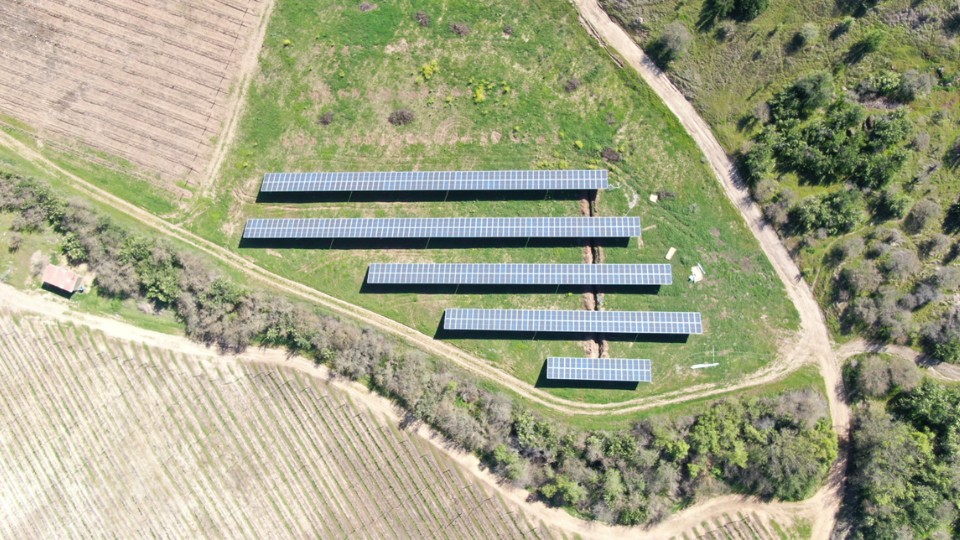- Sustainability
- September 6th, 2024
Viña Concha y Toro reduces greenhouse gas emissions by 42%
The comparison against the base year of 2017 is explained thanks to the supply of 100% renewable electricity and a decrease in the weight of bottles, among others.
In November last year Viña Concha y Toro announced that it had brought forward its goal of becoming a carbon neutral company by 2040, anticipating its commitment by 10 years. Now it has reported another relevant step towards that path: during 2023 it reduced its greenhouse gas (GHG) emissions by 42% compared to the base year 2017.
In this way, GHG emissions totaled 157 thousand tons of CO2e last year, a figure that was 23% lower than the emissions committed by the company for 2023. The company also notes that, compared to the previous year, the reduction was 12%, above the 4.2% reduction rate committed as annual reduction rate according to the international methodology on which the company is based.
Viña Concha y Toro’s emissions inventory is determined using the international GHG Protocol methodology and the emissions reduction path is built under the concept of Science Based Target (SBTi). It is also verified by an independent third party.
Emissions management began in 2007, when the company first measured its carbon footprint. Viña Concha y Toro’s sustainability strategy -Uncork a Better Future- has among its objectives to reduce its own emissions and also those of suppliers, i.e. absolute emissions of scope 1 (direct), 2 (indirect) and 3 (indirect from the supply chain). By 2030 the plan considers a 55% reduction compared to the base year 2017, and to reach zero net emissions in 2040.
“In this reduction path, the transformation of the company’s energy matrix has been fundamental, which today for the holding company is 100% renewable energy. Also relevant has been the work carried out with some of the company’s main suppliers and thus reducing indirect emissions, for example, by addressing packaging or reducing the weight of the bottles. Our next challenge is to address the issues of sustainable transport and distribution,” said Valentina Lira, Viña Concha y Toro’s Sustainability Director.
The executive explains that unit emissions per bottle were reduced by 8.2%, mainly due to the effects of packaging and measures associated with reducing the weight of the bottles.
This result is fully aligned with the company’s strategy, since as a recently recertified B Company, its bylaws incorporate the objective of seeking a “positive impact for people and the planet”.
Carbon capture
In direct emissions, the favorable effect of being completely supplied with renewable electricity in its operations in Chile, Argentina and the United States stands out. This is obtained through direct contracts with renewable energy generators in Chile and the United States, as well as the company and its subsidiaries generate electricity through their own solar plants, equivalent to 8% of consumption in 2023. Finally, a remaining fraction is met with renewable energy certificates from the San Pedro 3 solar plant in Chile.
As part of the progress route, the company is not only measuring its emissions, but since 2023, it began to incorporate the captures made by the more than 4,200 hectares of native forests that the company owns. To date, these forests are capturing 10,500 tons of CO2e, which almost manages to neutralize the agricultural activities that reach 11,700 tons.
To highlight the contribution of these captures, international methodologies are followed, where Viña Concha y Toro is once again the first winery in the world and the first company in Latin America to use them. These are the guidelines of Forest, Land and Agriculture (FLAG).



